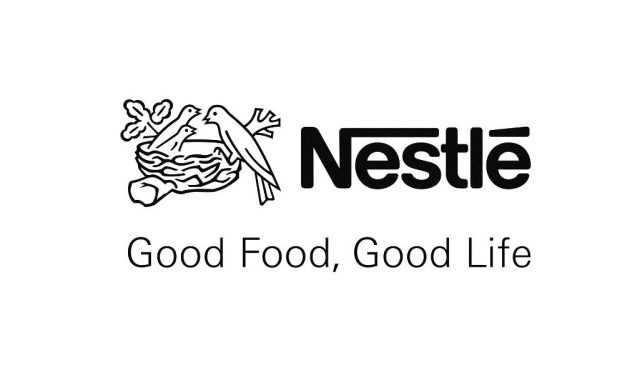MILAN – In the first half of 2024, Nestlé reported sales down by 4.4% to CHF 45 billion, mainly due to foreign exchange and divestments. Organic growth was 2.1% year-on-year. Real internal growth (RIG) returned to positive territory, albeit slightly, growing 0.1% over the six-month period and strengthening in the second quarter to 2.2%, with broad-based improvement across geographies and categories. Coffee was the largest organic growth contributor with mid single-digit growth.
Pricing was 2.0%, decelerating to 0.6% in the second quarter, largely reflecting a high base of comparison in 2023 and increased growth investments.
By geography, organic growth was driven by Europe and emerging markets. In developed markets, organic growth was 1.0%, led by pricing with negative RIG. In emerging markets, organic growth was 3.7%, driven by pricing and close to flat RIG.
By channel, organic growth in retail sales was 2.0%. E-commerce sales grew by 10.6%, reaching 18.2% of total Group sales. Organic growth of out-of-home channels was 3.8%.
Net divestitures impacted sales by -0.4%, largely related to the creation of a joint venture with PAI Partners for Nestlé ’s frozen pizza business in Europe. The impact on sales from foreign exchange was negative at -4.4%.
Underlying trading operating profit decreased by -0.8% to CHF 7.8 billion. The underlying trading operating profit margin increased to 17.4%, an improvement of 30 basis points on a reported basis and 40 basis points in constant currency.
Gross profit margin increased by 160 basis points to 47.2%, driven by pricing, lower input costs and portfolio optimization.
Overall, the figures are in line with analysts’ expectations of a turnover of CHF45.14 billion and an EBIT of CHF7.81 billion, with a margin of 17.3%.
Full-year 2024 outlook was revised downward. The company now we expects an organic sales growth of at least 3%, versus its previous projection of around 4%.
Underlying earnings per share in constant currency is expected to increase at a mid single-digit rate.
Underlying trading operating profit margin guidance is unchanged with a moderate increase expected.
Coffee was the largest organic growth contributor for Nestlé with mid single-digit growth, supported by the company’s three leading global coffee brands Nescafé, Nespresso and Starbucks
In Zone North America, growth for the beverages category, including Starbucks at-home products, Coffee mate and Nescafé, was close to flat, as continued growth momentum for Starbucks and Nescafé was offset by Coffee mate. In the second quarter, sales of Coffee mate turned slightly positive.
In Zone Europe, coffee delivered mid single-digit growth, led by Nescafé soluble coffee and Starbucks products. Nestlé Professional delivered mid single-digit growth, led by beverage solutions.
In Zone Asia, Oceania and Africa (AOA), coffee delivered mid single-digit growth, driven by Nescafé and supported by new product launches including the new espresso concentrate for cold coffee.
In Zone Latin America, coffee posted low single-digit growth, driven by Nescafé. The Zone launched Starbucks and Nescafé ready-to-drink offerings in Brazil.
By product category, coffee achieved high single-digit growth in Zone Greater China, led by Nescafé ready-to-drink offerings and supported by new product launches with functional benefits.
Nespresso
Organic growth was 1.8%. RIG was 1.1%, improving to 2.4% in the second quarter. Pricing was 0.7%. Foreign exchange negatively impacted sales by -2.9%. Reported sales in Nespresso decreased by -1.0% to CHF 3.1 billion. By geography, sales in North America grew at a mid single-digit rate with market share gains. Europe posted close to flat growth.
Growth was driven by the Vertuo system, with continued broad-based sales momentum. New product launches, including the expansion of compostable capsules in seven European markets, supported growth. Out-of-home channels continued to generate robust growth, fueled by the further adoption of the Momento system.
The underlying trading operating profit margin of Nespresso decreased by 20 basis points, following increased advertising and marketing investments to drive future growth.


















